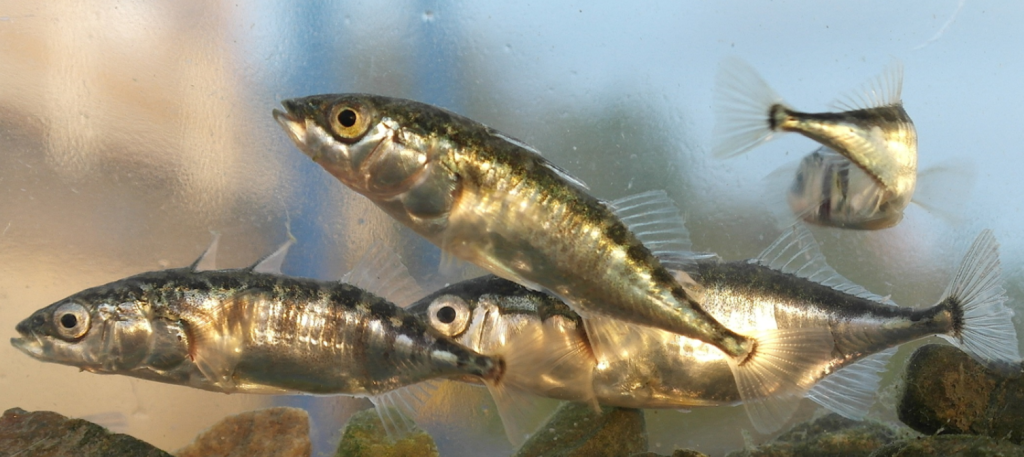Fish migration

Fish are present in almost every body of water. The presence or absence of certain species can say something about the functioning of the ecosystem. For example, species such as tench or rudd like to live in clear water with aquatic plants. A bream or carp is somewhat less picky. Some species live in both fresh and salt water, depending on their life stage.
It is important for many fish to be able to move freely through the water system. This allows them to go to different areas, for example, to look for food or to reproduce in shallow ditches. Or to survive a harsh winter in the deeper parts of a polder. Usually, fish know their way around just fine. However, some species depend on other water systems for their life cycle. The presence of pumping stations, sluices and weirs has given those species a hard time. A well-known example is the eel that swims from our waters all the way to the Sargasso Sea (near Cuba) to reproduce. With the construction of fish passages at the transitions between water systems, we are trying to restore the so-called migration routes. When new pumping stations are built, we use fish-safe pumps that allow about 95% of all fish to pass through alive.
Monitoring with volunteers
Research programs with volunteers are running along the North Sea Canal as well as along the Wadden coast. Using a cross net, small groups watch for the presence of migrating fish, such as eel and three-spined stickleback, at migration nodes. More information can be found at: Fish - Cross net monitoring (Ravon.nl). Several research reports can also be found here.
Fish stock
Fish stocks in an area are the result of environmental conditions. In a canal in a nutrient-rich clay area you see different species and often more fish than in a ditch with a sandy bottom against the dunes. Fishing activities are also a natural influence. Fish are sometimes taken for consumption or species are released, for example, when they have disappeared from a water system.
In the Fish Stock Management Commission Hollands Noorderkwartier we make agreements with fishermen about fish stocks. The starting point is the water quality objectives as laid down in the WFD program.
Periodically we commission fish surveys in the water bodies. The corresponding reports are stored in the Hydrotheque. Use the search term 'Visstand HHNK' followed by the name of the water body.